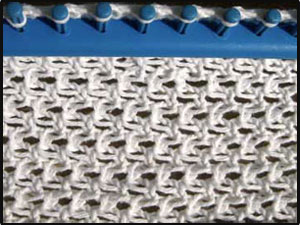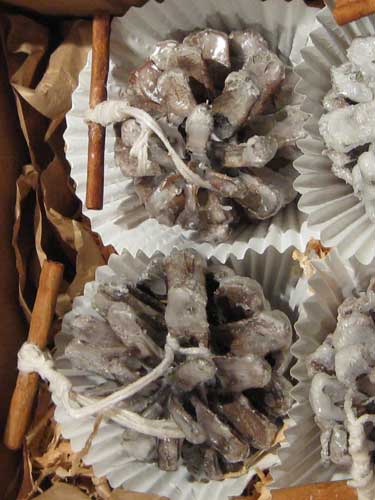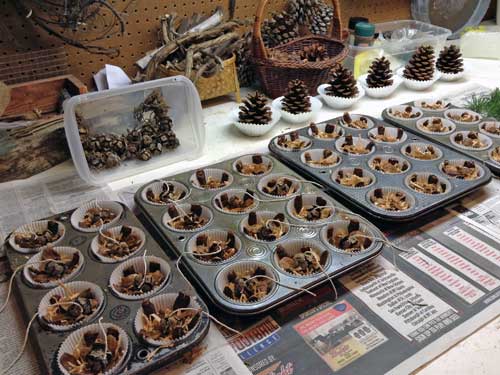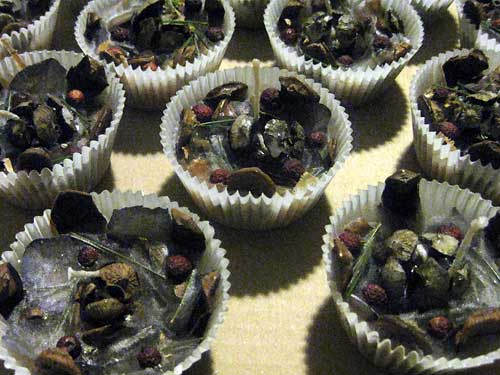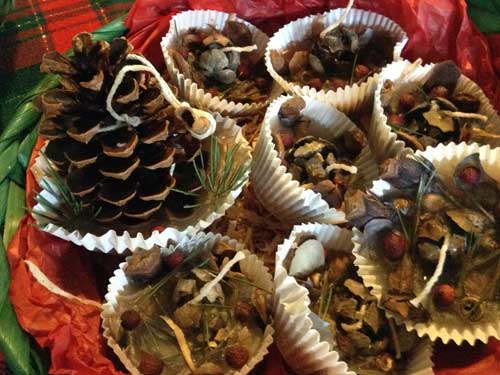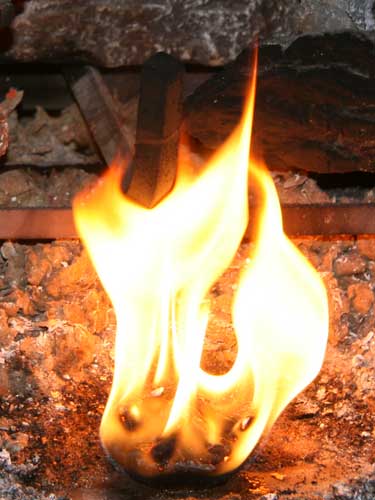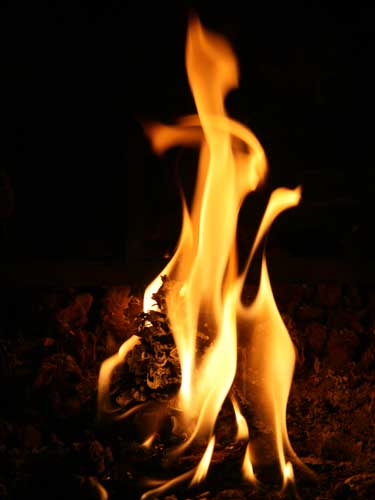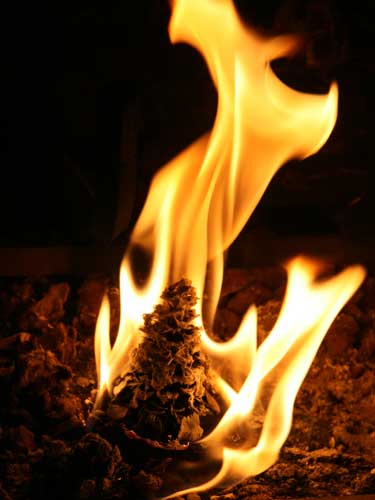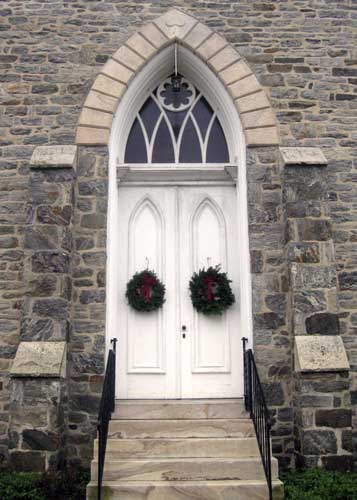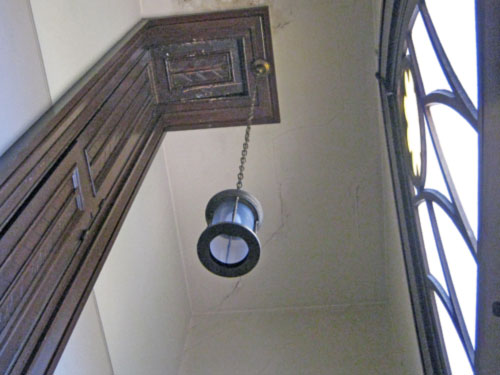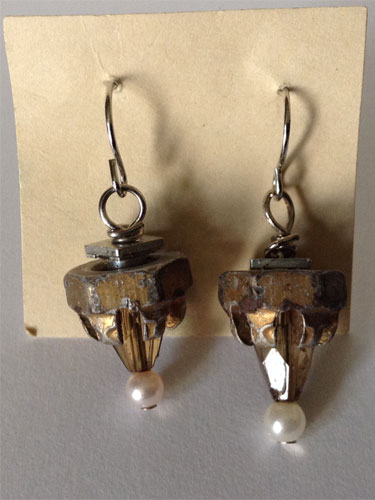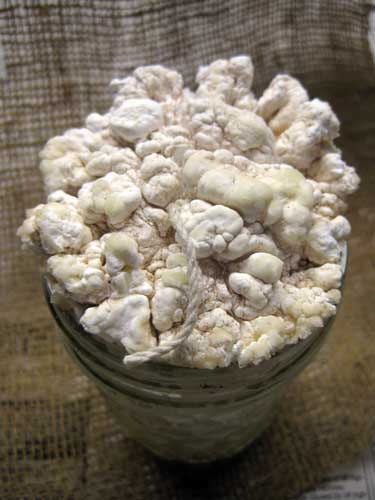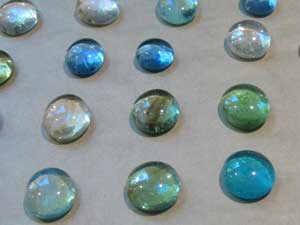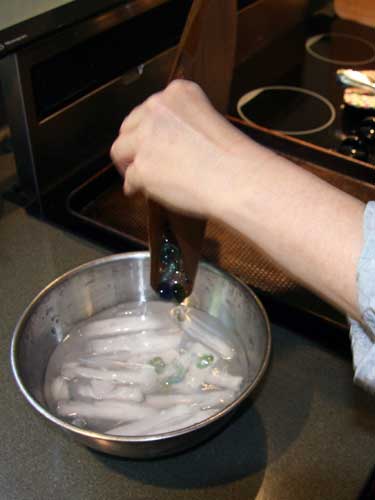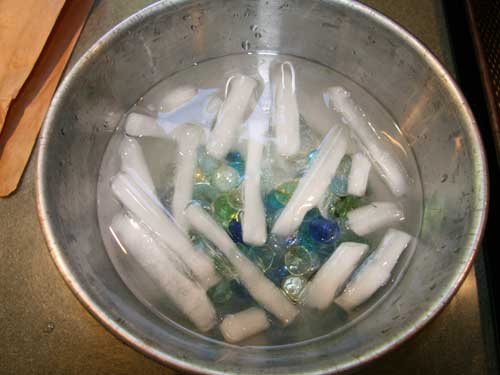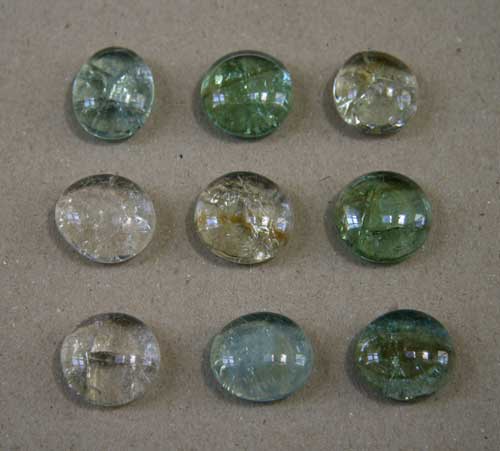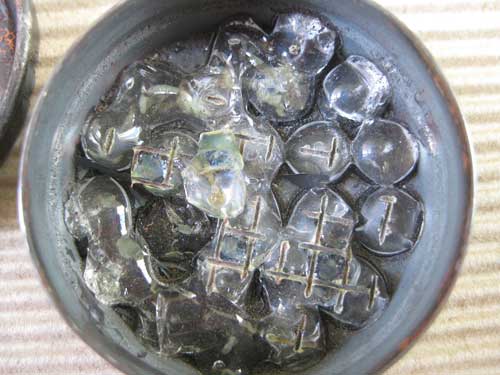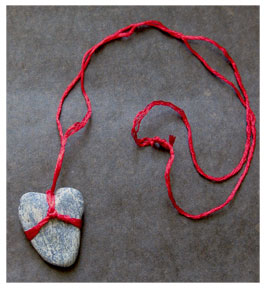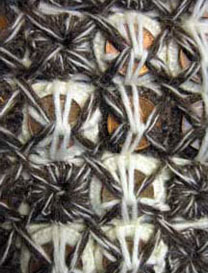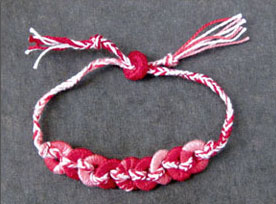I loom knit a bit and have been thinking about knitting flat fabric for use in some mixed media pieces. I had the idea of flat stitching rows then repeating a flat stitch 5 times on each peg, followed with rows of flat stitches. I was hoping for an I-cord grid. The I-cord element has a bit of a twist which I’m keen on. Probably the result of operator error, but It may not be a problem when using rope. I like the second swatch which is a combination of knit with purl I-cords.
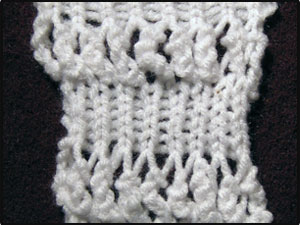
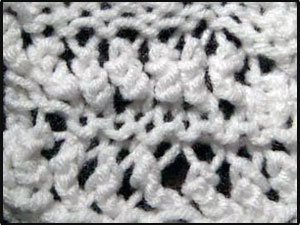
I read about a mock crochet technique on the Guppy Girl blog. I liked the openness of the stitch and decided to make some test swatches using the idea of three forward, back two, repeat… using purl, knit, flat, and e-wrap stitches. For lack of a better description, I named them lace (purl lace) and assigned each stitch and its counterpart (purl) a number.
1. Purl Lace
2. Purl
3. Knit Lace
4. Knit
5. Flat Lace
6. Flat
7. E-Wrap Lace
8. E-Wrap
There are eight stitches with eight combinations, 64 unique swatches. Even though some of the stiches are directional, I decided to treat stitch combinations with the same numbers (1,2 and 2,1) as duplicates. Since the front and back of the knitted pieces are not often the same I anticipated some additional choices.
These are the combinations–11 is Purl Lace with Purl Lace, 45 is Knit with Flat Lace, 56 is Flat Lace with Flat…
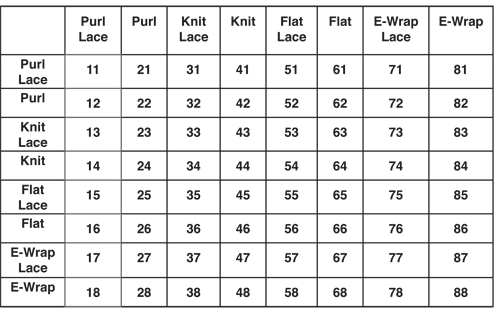
I made 36 swatches in the following combinations. From the 36 I selected a few to develop.
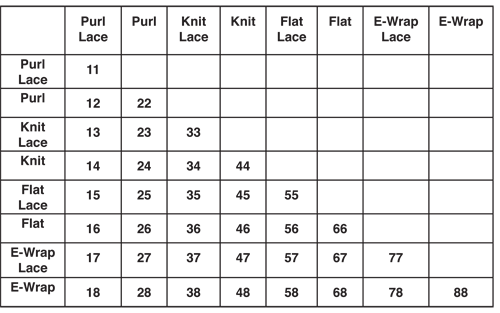
Here are some images of the swatches I am considering using. I did a rather loopy cast on so it was clear to me which was the front top.
11 Purl Lace with Purl Lace; 33 Knit Lace with Knit Lace
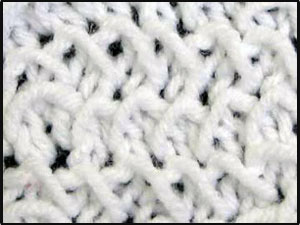

55 Flat Lace with Flat Lace; 57 Flat Lace with E-Wrap Lace
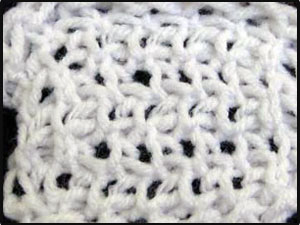
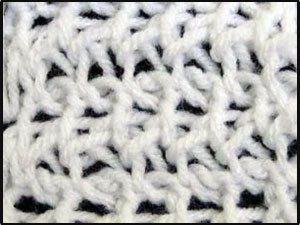
77 E-Wrap Lace with E-Wrap Lace; 17 Purl Lace, E-Wrap Lace

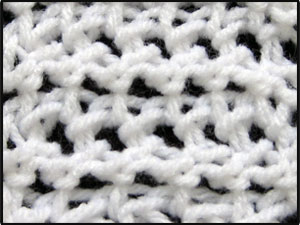
The swatches were to give me a notion of possible stitch combinations I could use to make fabric from three types of rope–4-ply cotton, coconut fiber, and jute. After I decide on the stitch combinations, I will need to make a loom to accommodate the thickness of the rope.

I am in the process of making some larger swatches knitted in cotton and jute twine. To keep the twine from becoming too tight, I placed a piece of dowel on the peg as it was wrapped and knitted off.
